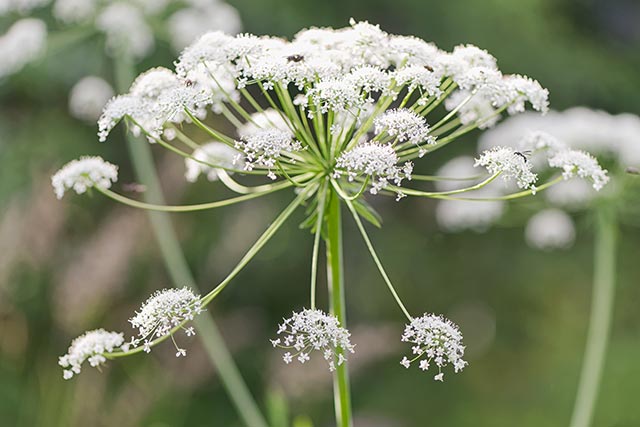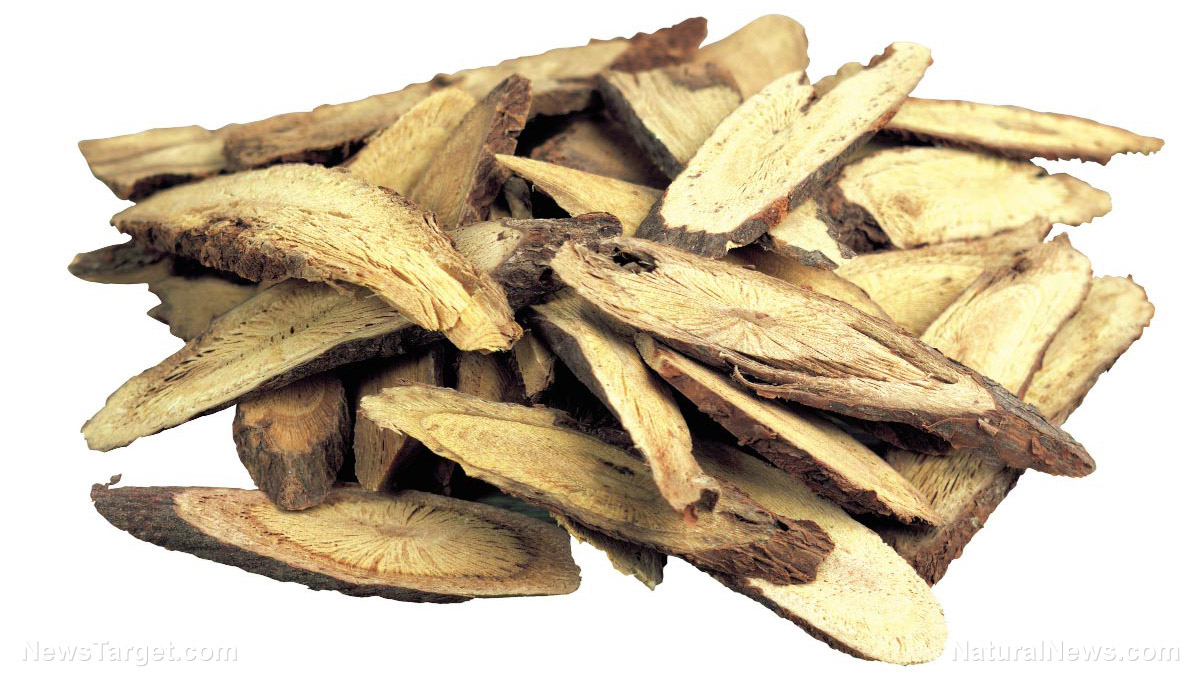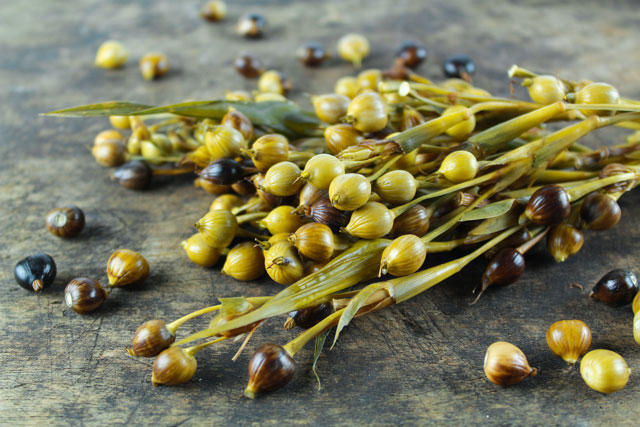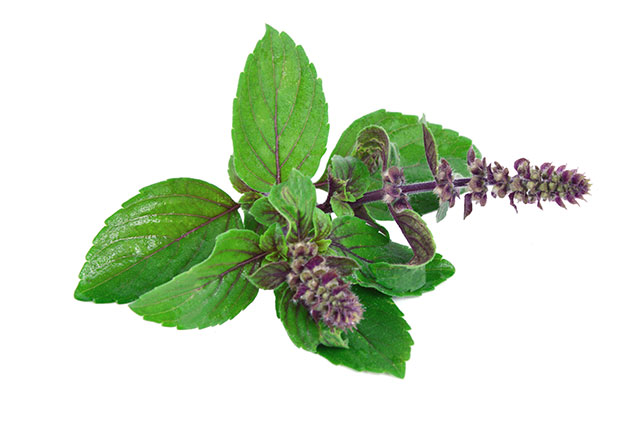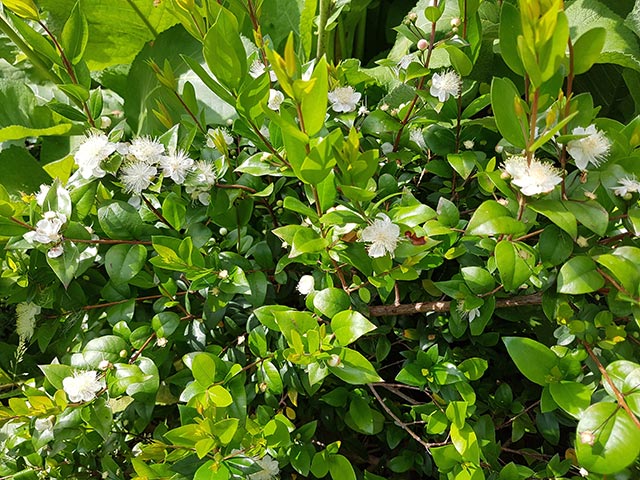An Argentinean medicinal plant shows potential as a natural fungicide
10/31/2018 / By RJ Jhonson

A study published in Annals of Applied Biology has found that the extracts and phenolic compounds derived from Zuccagnia punctata, a species of legume, can be used to protect corn seeds from fungal pathogens, providing farmers a natural alternative to artificial – and often toxic – fungicides.
Fusarium is a diverse genus of fungi found worldwide. Although many species under this group are normally harmless, some are opportunistic pathogens that cause diseases in people with a compromised immune system, such as burn victims and those recovering from major surgeries.
Several species in the genus are major plant pathogens responsible for severe diseases in crops grown in temperate regions. They cause Fusarium head blight, a fungal disease that damages cereals, such as rye, oats, barley, and wheat, as well as corn and other species of tame grass.
Besides shriveling, bleaching, and damaging infected kernels, the disease also contaminates crops with a mycotoxin called deoxynivalenol. Although considered mild, this mycotoxin may cause flu-like symptoms, fever, headache, and vomiting in humans who consume infected grain. In livestock fed with contaminated grain, the toxin may result in decreased feeding and reproductive problems, among other health issues.
Fusarium is usually controlled using chemical fungicides, but the effects of these substances on both humans and the environment leave much to be desired. For some farmers, especially those who engage in organic farming, these chemicals are simply out of the question. For these reasons, it is necessary to find a natural substance that can suppress Fusarium.
Mother Nature's micronutrient secret: Organic Broccoli Sprout Capsules now available, delivering 280mg of high-density nutrition, including the extraordinary "sulforaphane" and "glucosinolate" nutrients found only in cruciferous healing foods. Every lot laboratory tested. See availability here.
The researchers of the study looked at the effects of extracts from Z. punctata, a legume native to Argentina and Chile, on Fusarium strains. They obtained the plant’s ethanolic leaf extract (TZP), its ethereal fraction (Eet), and its phenolic compounds: 2?,4??dihydroxychalcone (DC), 2?,4??dihydroxy?3??methoxychalcone (DMC), and 7?hydroxy?3?,4??dimethoxyflavone (HF). These were evaluated for their ability to protect corn seeds from an infection by Fusarium.
Of these, DC was found to have the lowest minimum inhibitory concentration (MIC) at only 25 to 50 mcg ML-1. MIC refers to the lowest concentration of a substance that will inhibit the growth and activities of a given microbe which, in this case, are Fusarium strains.
The researchers also tested for the effects of incorporating suspensions TZP, Eet, DC, and DMC at varying rates. They found that aside from suppressing the growth of Fusarium at a rate comparable to the known effects of thiram + carbendazim?based fungicide, the suspensions also elongated the primary roots (24 to 44 percent) and increased the number of seminal roots (44 to 50 percent). TZP, in particular, caused an increase in secondary roots. The improvements in root growth were attributed to reductions in fungal concentration.
Moreover, Eet and its chalcones (a type of natural compound in plants) were found to be more effective than artificial thiram + carbendazim?based fungicides in reducing the severity of blight in seedlings. HF was found to be toxic to plants.
The researchers concluded that Eet and chalcones were effective as protective agents against Fusarium and other types of seed-borne fungi. Moreover, the Z. punctata’s extracts and phenolic compounds were found to enhance the performance and growth of corn plants.
Other natural means to fight fungus in plants
In most cases, it’s better to prevent a problem than simply cure it. The best way to naturally keep fungi away from plants is to ensure that they are planted in healthy soil. This means ensuring that the soil has all the macro and microorganisms, as well as the nutrients, needed to keep plants nourished and protected from organisms that may cause diseases. Certain plants may require specific soil profiles, so it’s best to get the soil in one’s garden or farm tested to ensure that it is optimized for crops.
Fungal attacks are contagious. Aside from removing infected plants, it’s also important to never touch healthy plants after making contact with diseased plants or plant parts. Doing so inadvertently spread the infection. If symptoms of fungal diseases do show up, one can use a mixture of 30 percent milk and 70 percent water to control the infection. Simply spray the mixture on affected leaves on a sunny day.
For other ideas on how to naturally control pests, go to HomeGardeningNews.com.
Sources include:
Tagged Under: agriculture, cereals, chalcones, Fungicide, Fusarium, Fusarium head blight, Fusarium verticillioides, Herbs, natural antibiotics, natural fungicide, natural remedies, organic farming, Zuccagnia punctata




